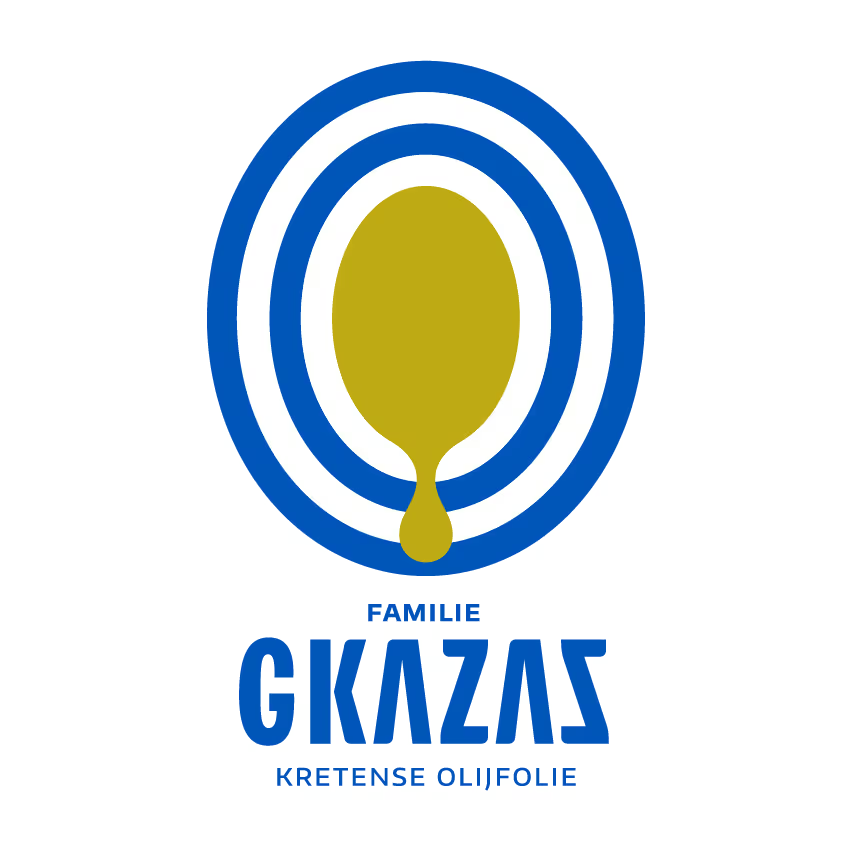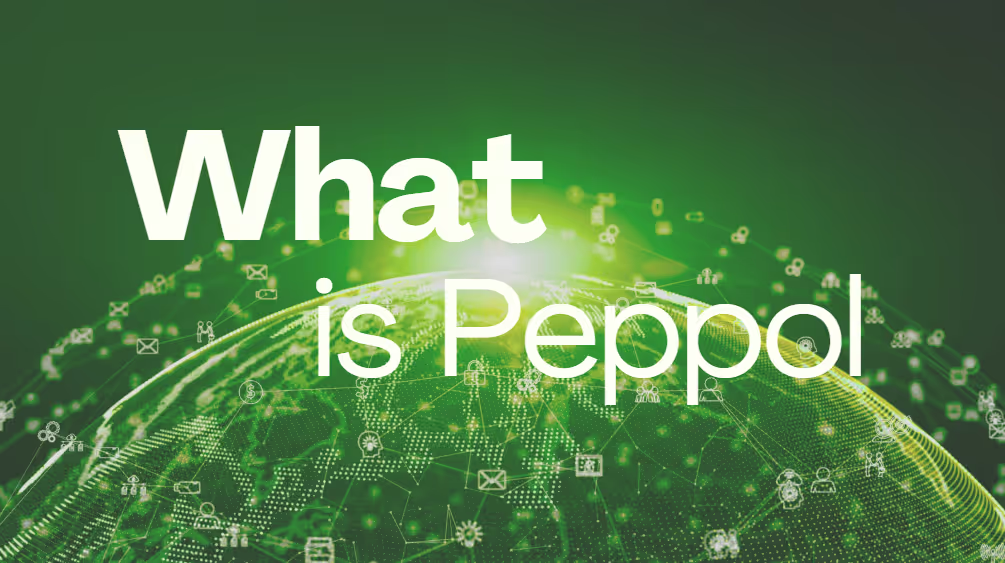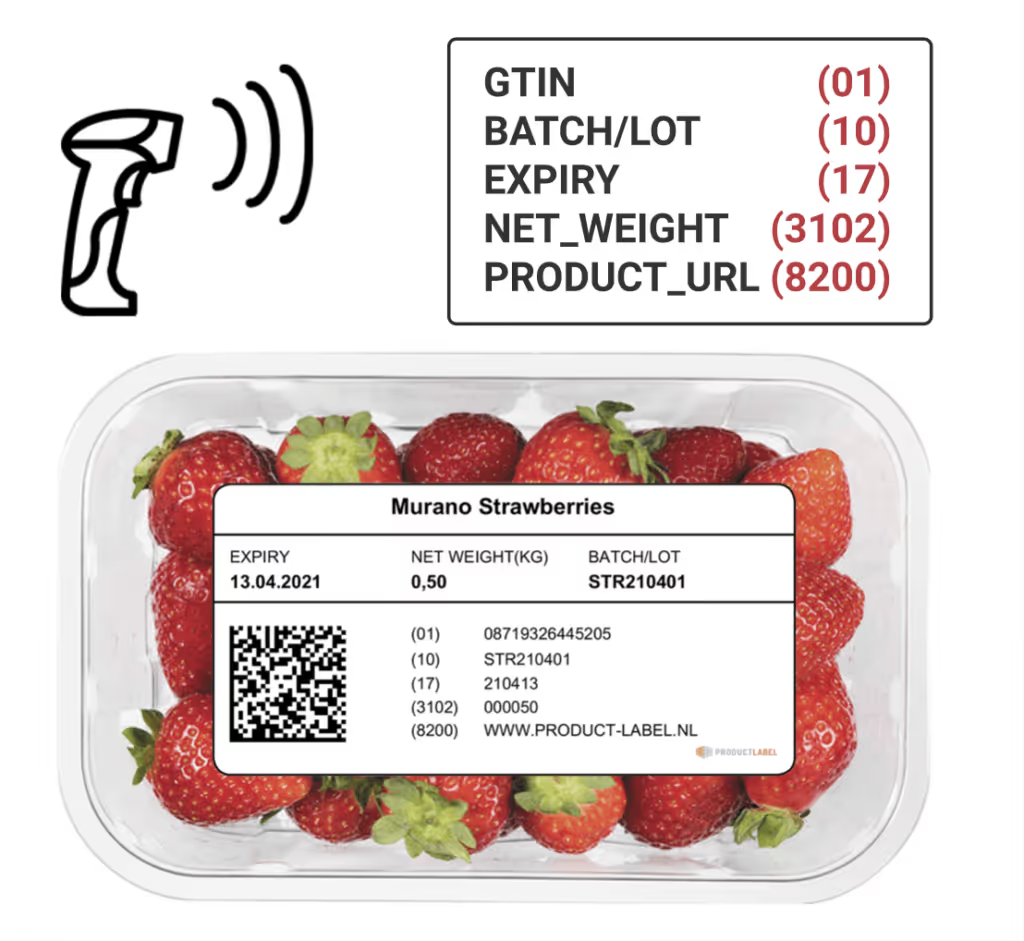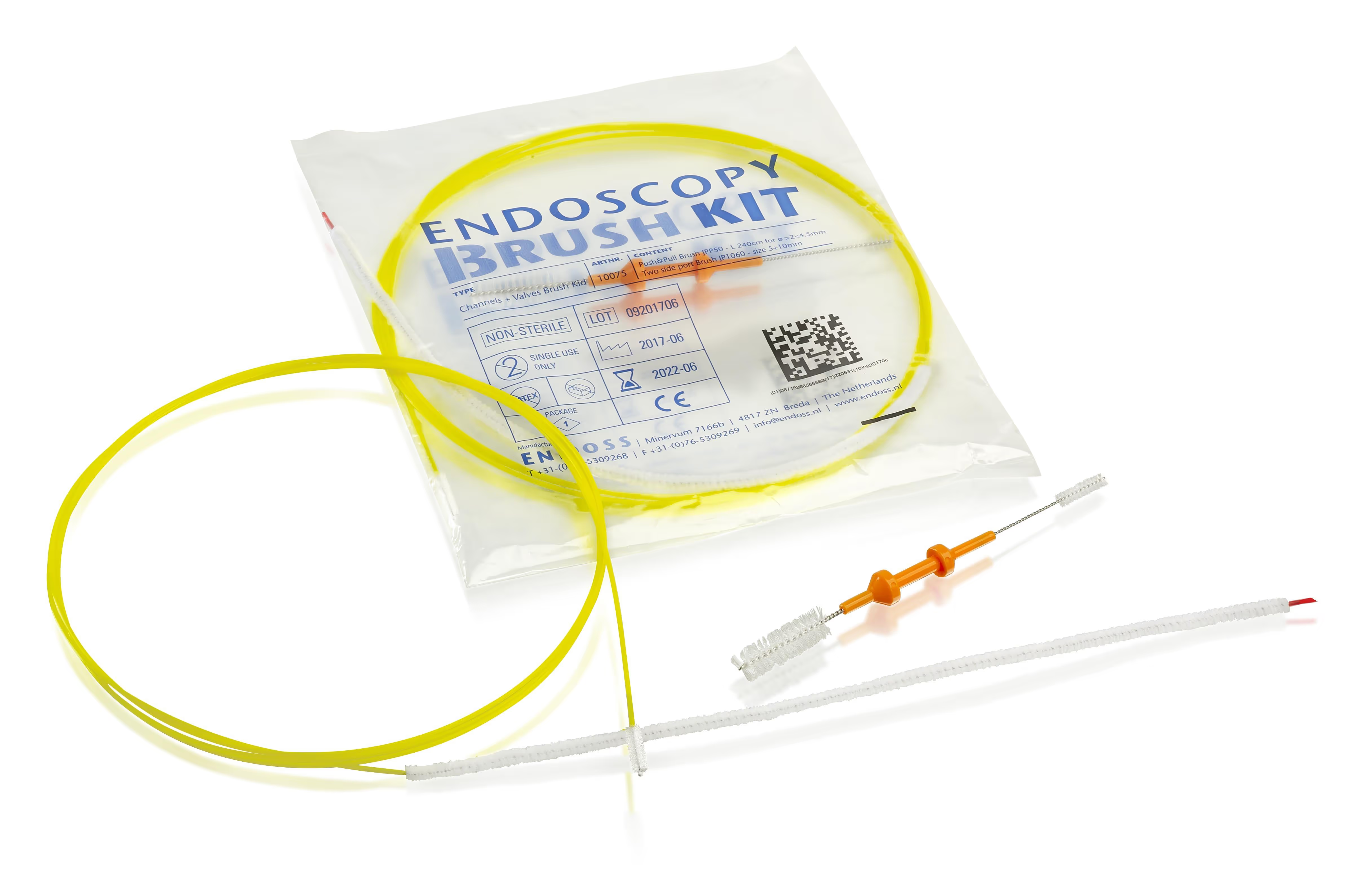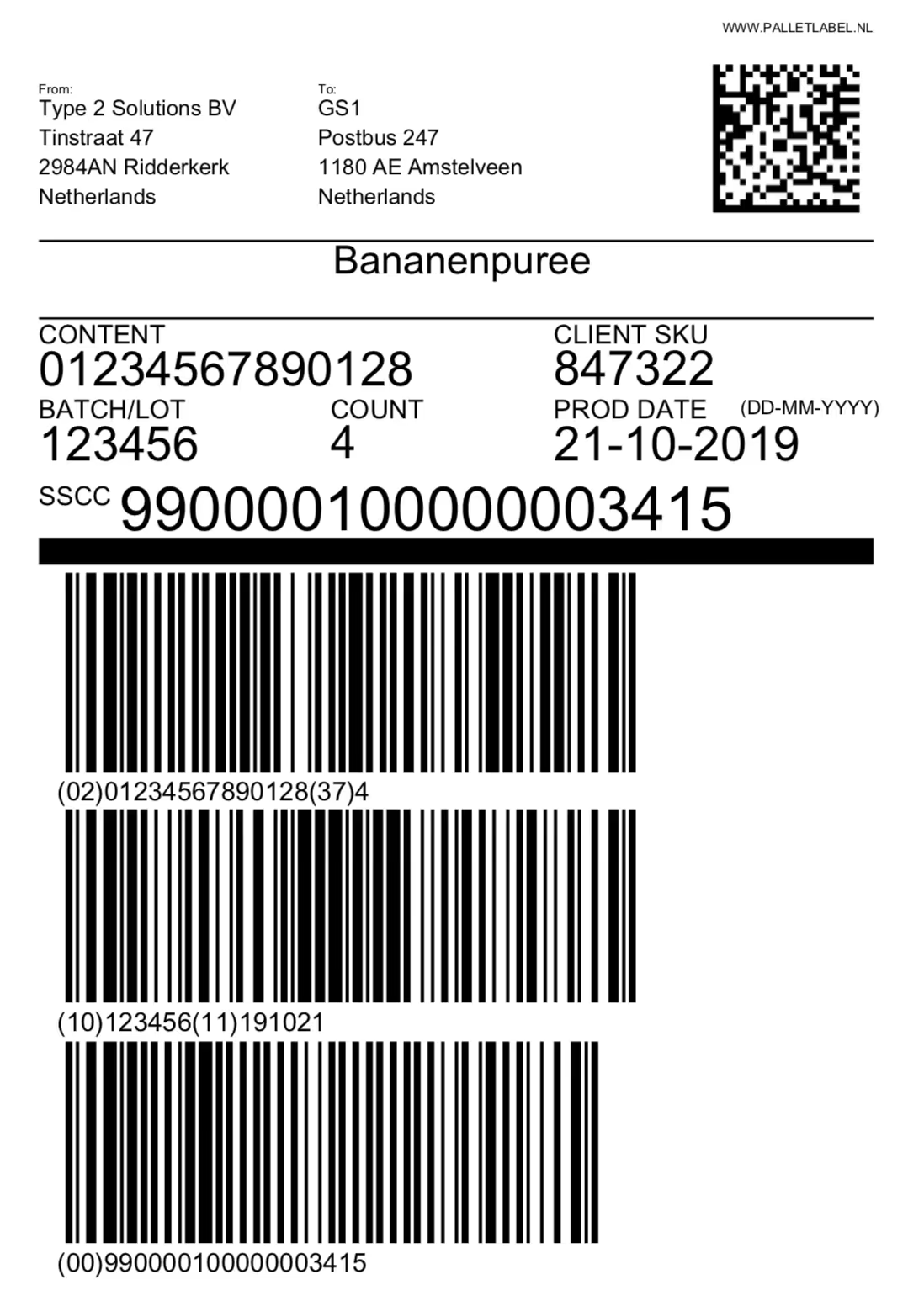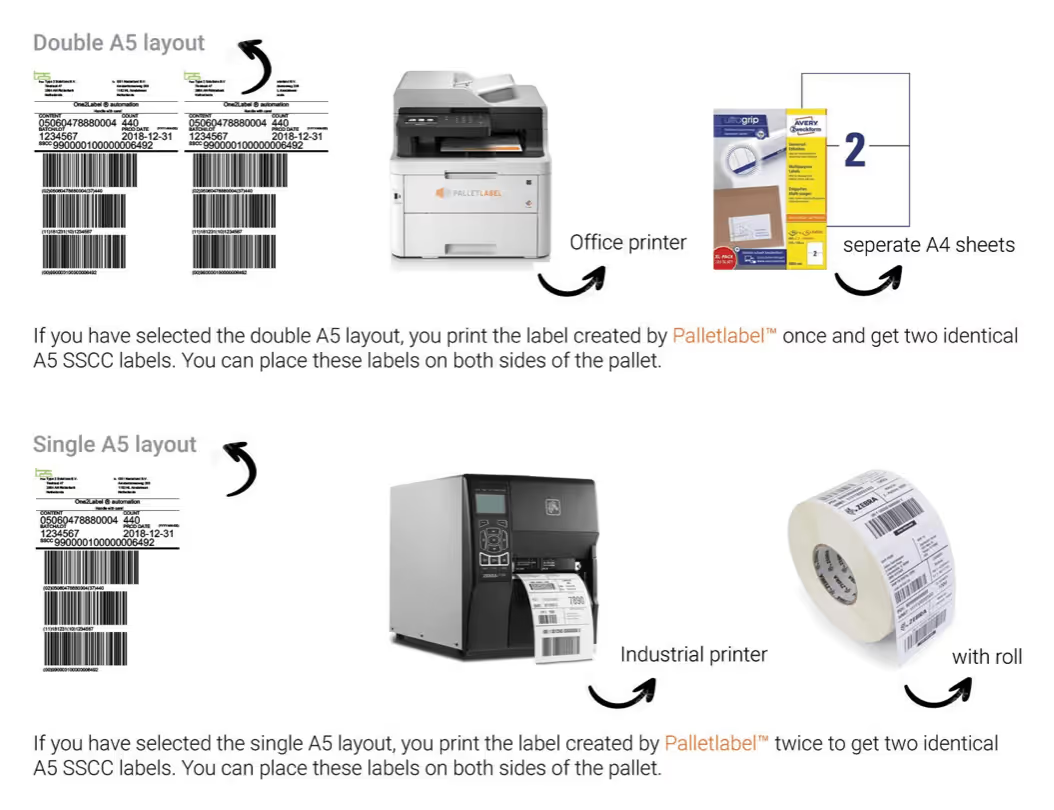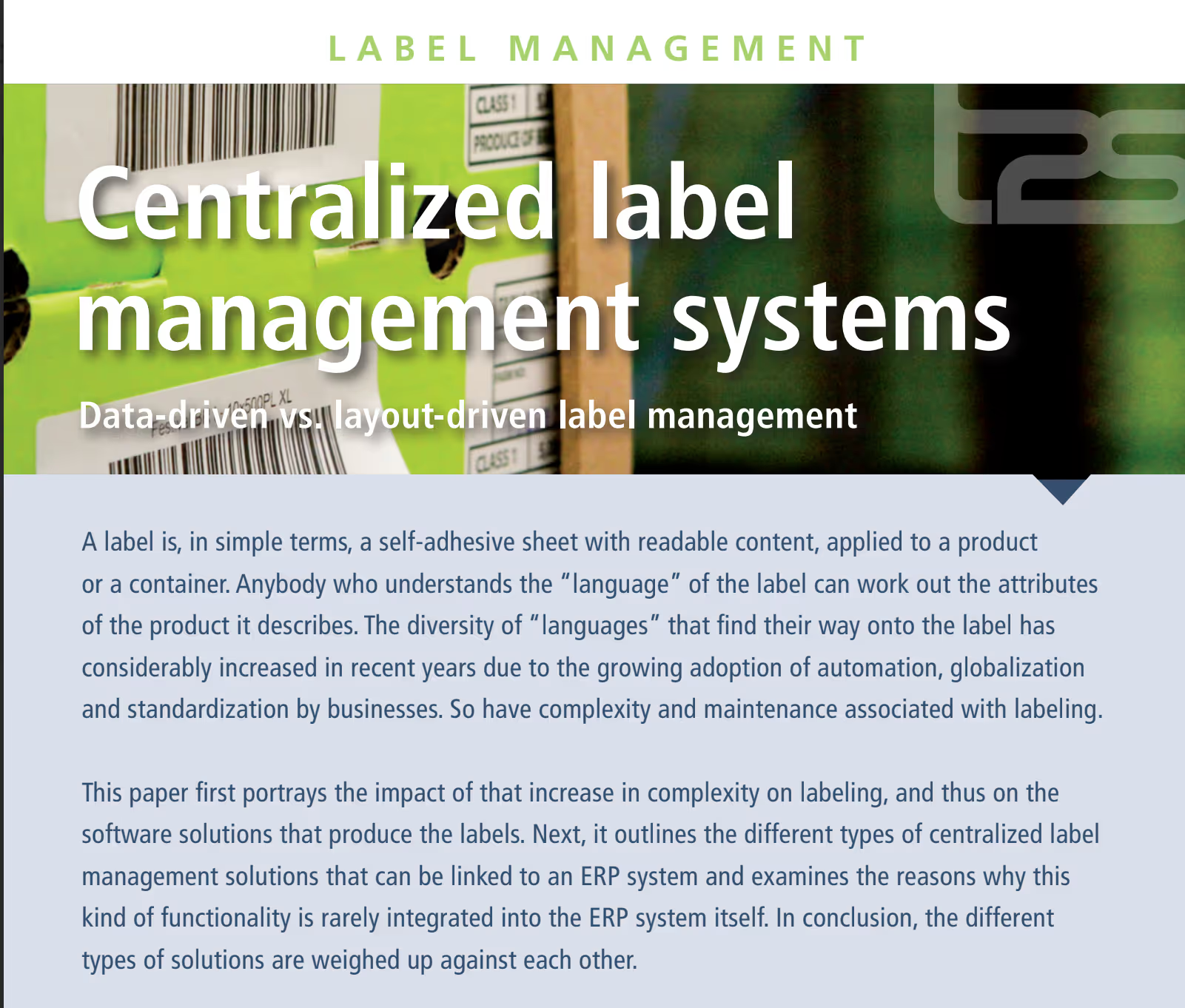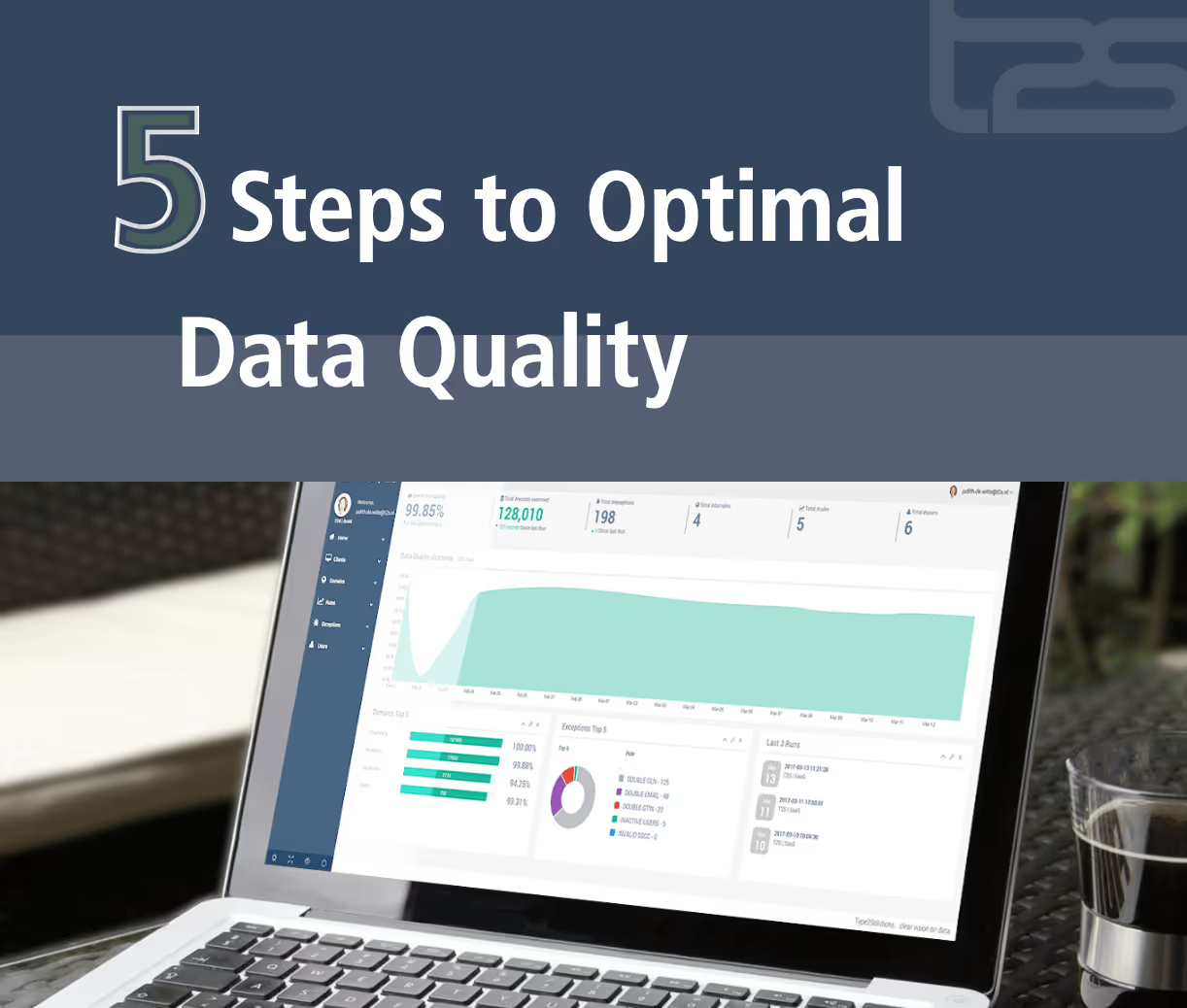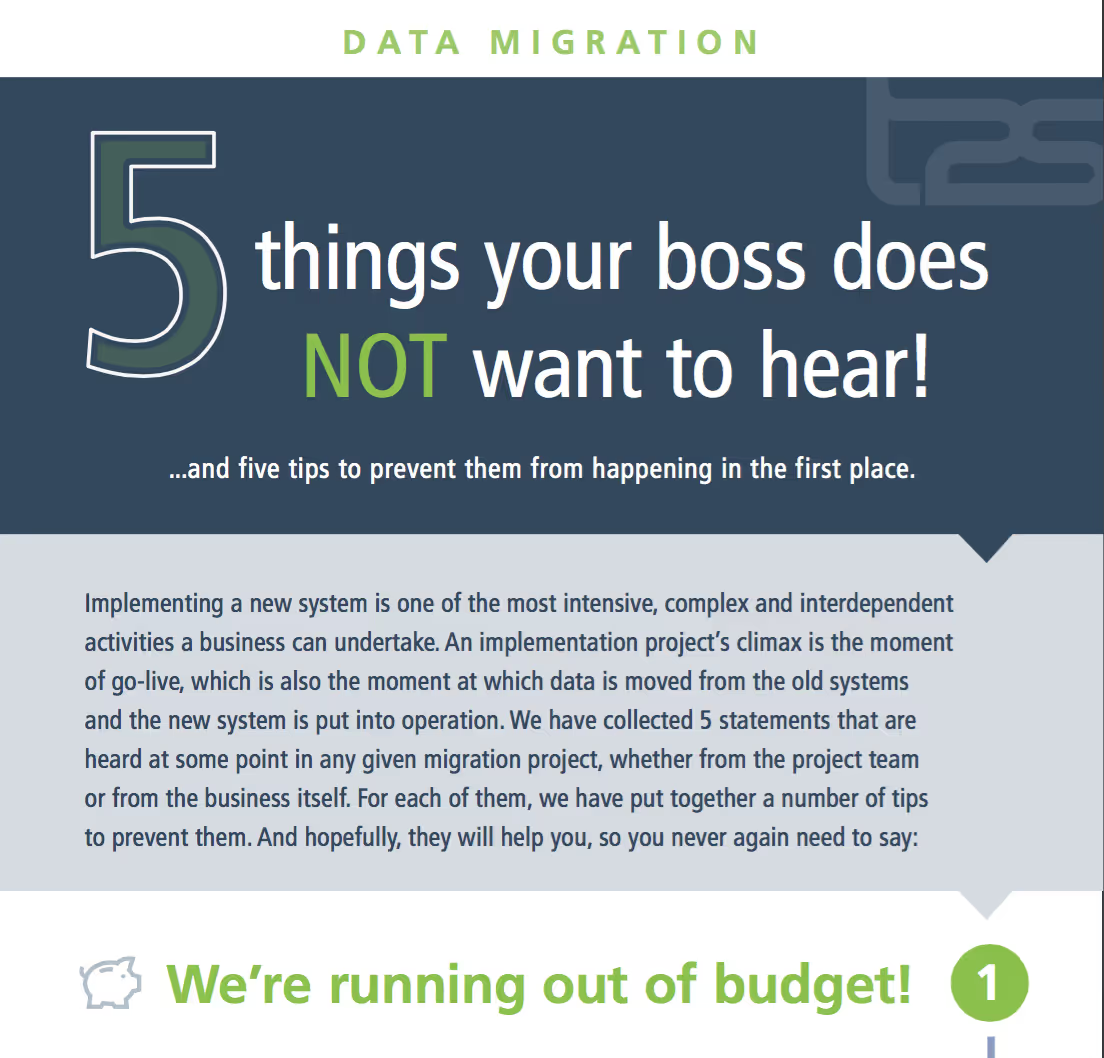Data Migration Platform
Let your data migration succeed. Use the migration platform to transport data to your new solution.
Whether it concerns SAP, MS Business Central, Exact or another IT system, T2S moves your data and runs it through the platform.

Migration platform
Extracts, transforms, validates and tests your data for a perfect fit in your new IT system.
Connectivity
Standard connection with all IT systems, databases and external reference files.
Data quality
Reports on data quality and the exception in the Data Quality Monitor dashboard.
Minimal risks
Ensures that the data migration process becomes repeatable, and predictable.

Migration platform
The T2S Migration Platform is a software platform that can access, transform and validate data from the most diverse IT systems and process it into a format that can be imported into another IT system.
Data migration and data integration
The recipient system can be an existing system, but also a new system that will eventually replace the old one. The first situation is referred to as a data integration (or interfacing), and can be bi-directional, while the second is called data migration (or conversion).
The platform can link up with external reference sources via SOA standards to perform data quality control and cleansing tasks.
Transforming your corporate data
The recipient system determines the format in which the output of the platform is expected. While any format can be delivered, the standard output generated by the platform is W3C XML compliant. This kind of output is intelligible to machines, but also to humans.
Connectivity
The most important input for the T2S Migration Platform is data from existing IT systems. That data is often located in the database of a relational database management system (RDBMS).
The data platform is therefore always supplied with standard connectivity to the most common RDBMS systems. We have experience with systems such as Oracle, DB2, SQL Server, Informix, Sybase, MySQL and PostgreSQL.
However, the migration platform can handle any structured file format as data input.
External sources
External reference sources can also be connected to the platform for validation and data enrichment.
For example, consider an API to request the creditworthiness of debtors, verify the validity of a VAT number, request a chamber of commerce number or item data from a data pool such as the GS1 Data Source, GDSN.

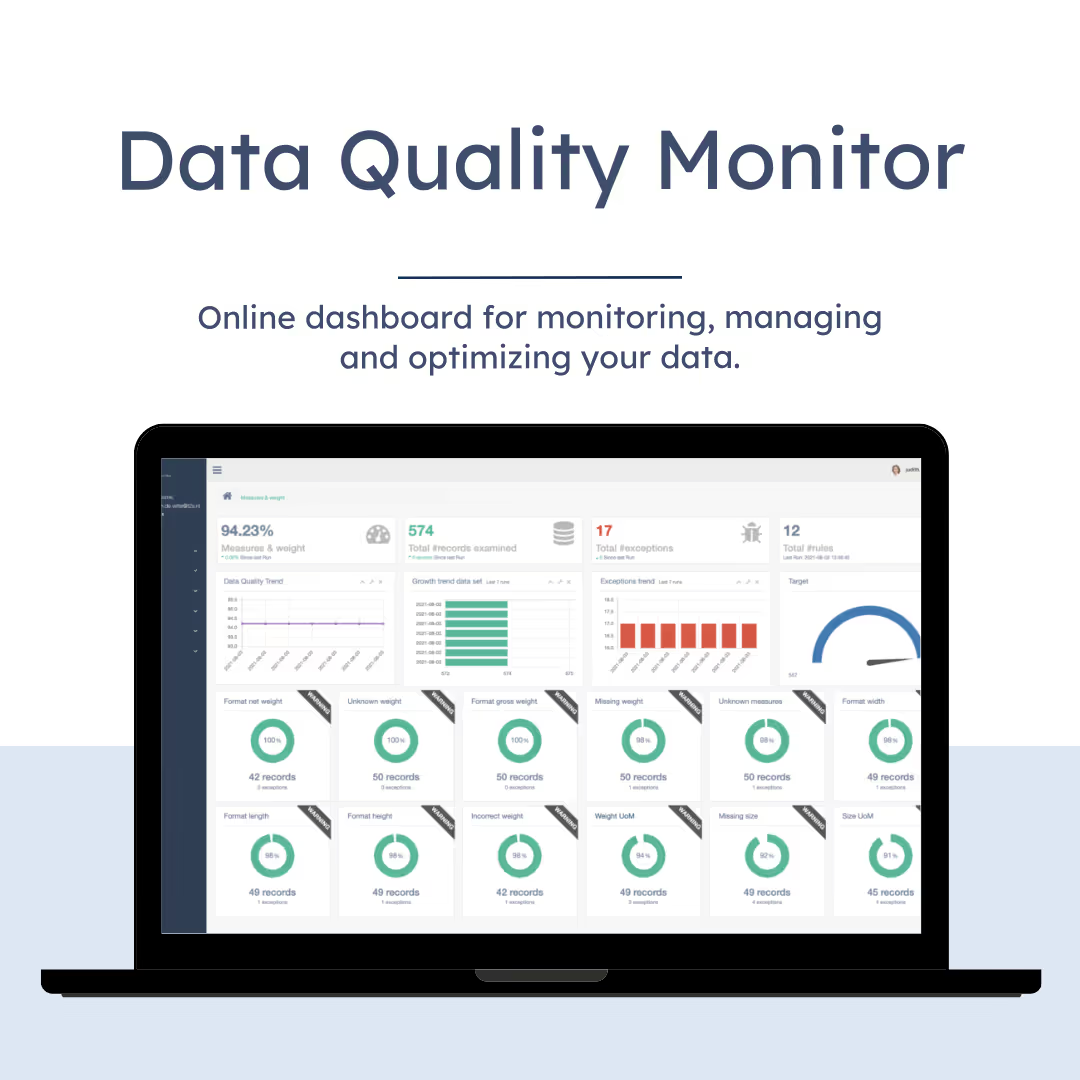
Data quality checks
Your new solution often has a different logic than the old system. The new data structure may not be ready to use the historical data. The T2S data specialists ensure that the data is transformed and fits into the new solution.
Transform data to fit the new solution
After creation, the output that the migration platform generates can be validated for accuracy and consistency completely independently of the receiving system. This validation is done by using XSD schemes.
This schedule is a contract that data supplied from the platform must comply with. All identified errors are displayed in the Data Quality Dashboard.
Once we have resolved the errors in your data, we are ready for data transport.
Reliable result
The platform acts as a link for a seamless data transport between your old and new solutions. Our approach guarantees accurate, consistent and complete data.
A data migration or integration is an iterative process. This is due to the fact that the data requirements are not easy to determine ahead of time and can be modified repeatedly during the course of a project.
To be able to adjust to this continuously changing environment, the Migration Platfom uses self-sufficient migration modules that can be called upon from different profiles. Each profile references a unique combination of these modules, which simplifies management tasks and reduces the likelihood of human errors.
Furthermore, different versions of the platform output can be generated in parallel, for instance for different releases of the system during the project

Data migration approach
Type 2 Solutions employs a standard data migration process for extracting, transforming, validating, and loading data.
1. Plan
We start with a preliminary study of the data migration with a data migration plan as deliverable.
2. Extract
The Migration Platform can access data from the most diverse IT systems and link up with external reference sources.
3. Transform
The data is loaded into the Migration Platform. The platform handles transformation and validation of the data.
4. Validate
All exceptions that hinder a successful data migration are presented in the T2S Data Quality Dashboard.
5. Test
Various test migrations and extensive testing ensure that the data will be transferred correctly.
6. Load
If all data is correct, it will be loaded into the target system.
How does it work?
By deploying our data tools and specialists on a project basis within the organization, T2S helps companies implement process and system changes. We integrate, cleanse, migrate, and manage data across platforms, delivering accurate, consistent and valuable information.
With over 22 years of experience, the time required for setup and realization is minimized, ensuring our customers quickly achieve the desired results.
Watch the video and learn more.
Meet our experts
The T2S data specialists have extensive experience with data migrations and data integrations in various sectors, such as the financial sector, government, energy & multimedia, construction, healthcare, food and chemical industry.














Would you like to know more?
Leave your contact details and we will get back to you.
Frequently Asked Questions
When do I start with the data migration?
You can do so as soon as the programme manager has formed the project team for the implementation. Hire a project manager who will be responsible for the data migration. The project manager will draw up the data migration plan.
What is a data migration plan?
The data migration plan includes, amongst other things: the data migration strategy, the action plan, a risk inventory, the data migration process, the control framework, the data quality optimalisation process, planning and the necessary resources and tools.
How long will it take to draw up a data migration plan?
Drawing up a data migration plan takes 10 working days on average. First, there will be a preliminary investigation of the data migration which looks into the source and target system. You always need to start with the target system. Within the target system, you identify the databases (company objects) that are within the scope of the data migration. An example of a database is clients or relations, contracts and prices.
How will a data migration plan benefit me?
Why would you start with a preliminary investigation with a data migration plan as your deliverable? The answer is very simple: because you need to know, as does any organisation, what it will cost, who you need to hire, how long it will take, and what the risks are.
Who can I ask to carry out a data migration plan?
For the execution of a data migration plan you need to pick an expert. It should be someone who has extensive experience with data migrations and excellent knowledge of data analysis and database platforms.




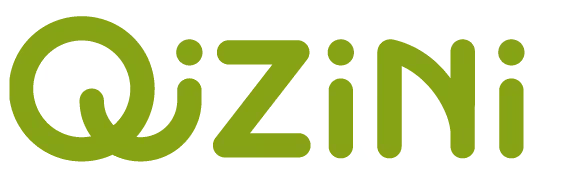




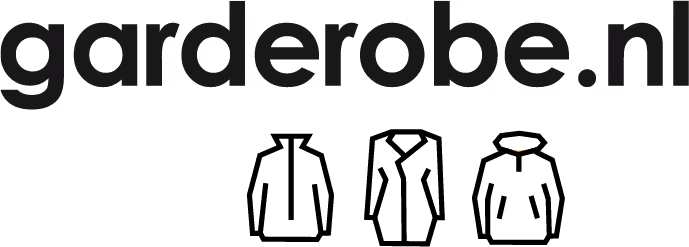
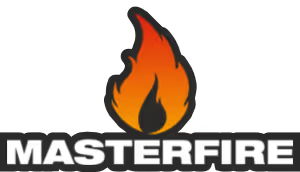




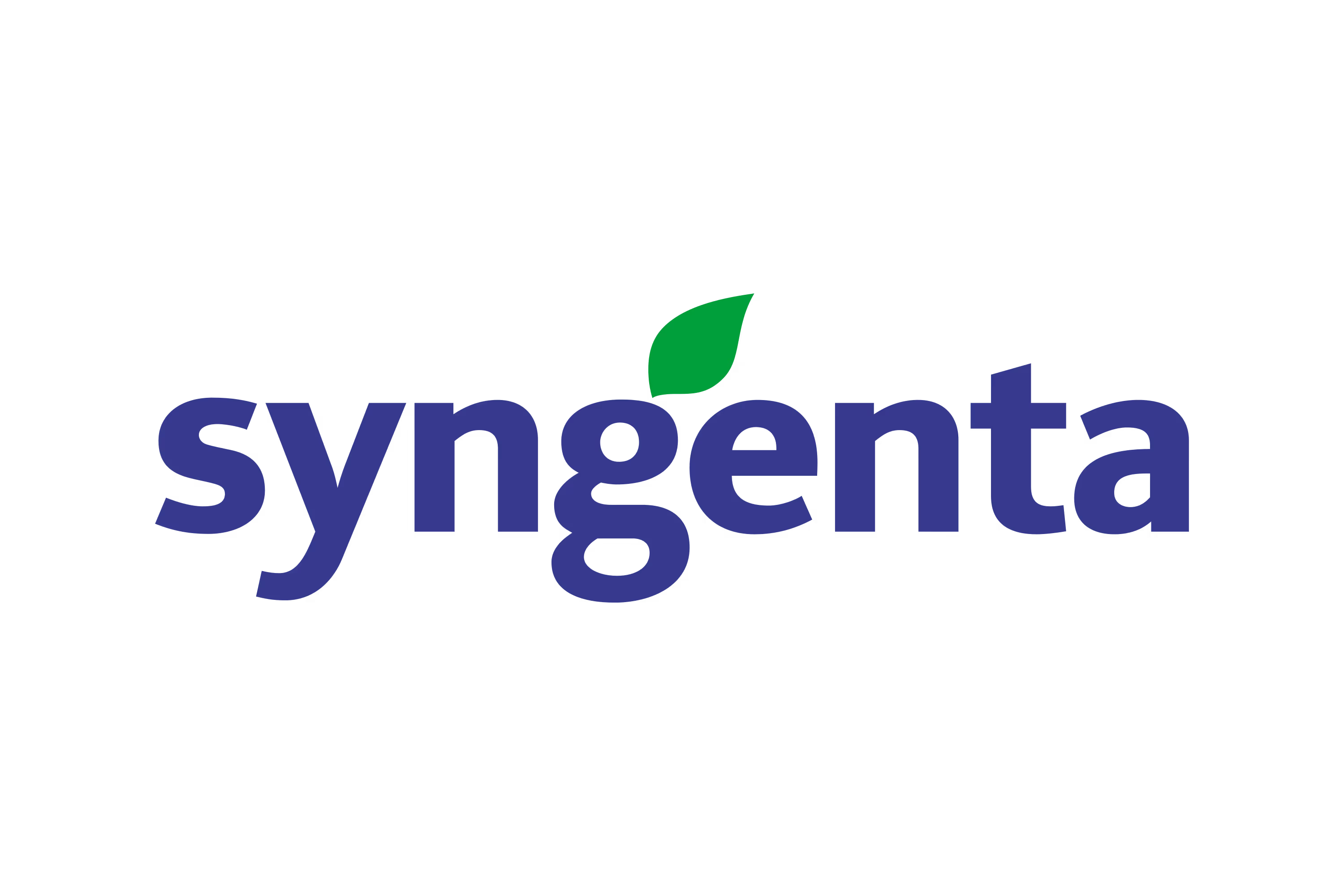



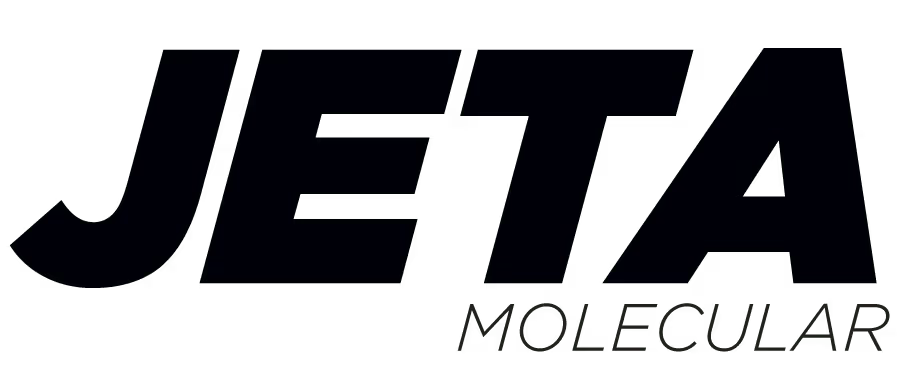


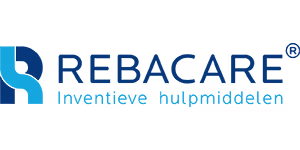


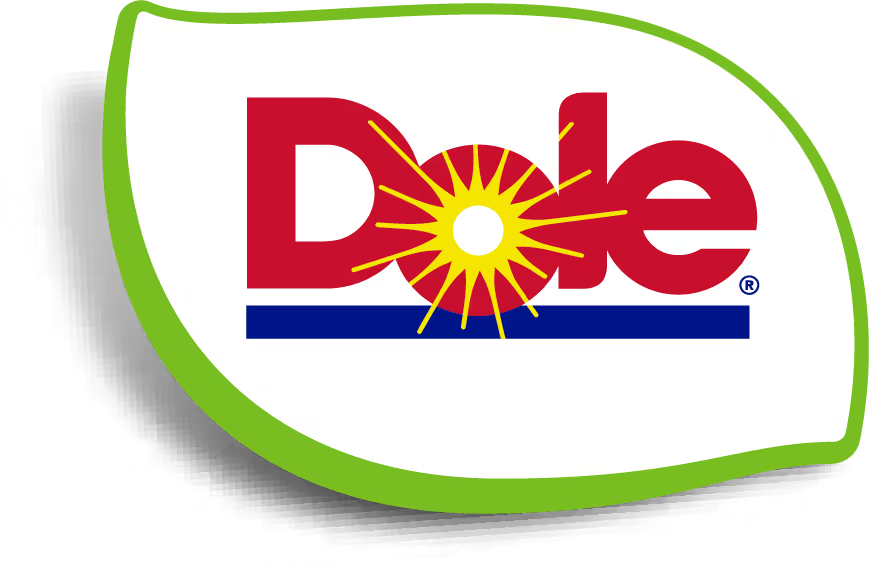




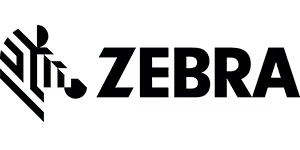





.svg)






